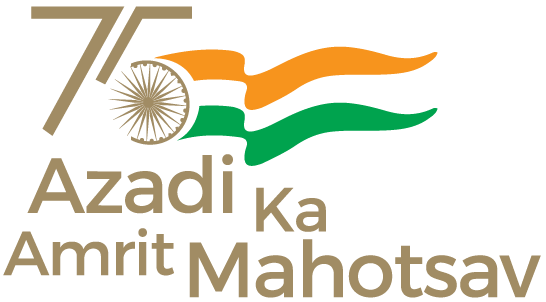INTEGRATED HANDLOOMS DEVELOPMENT SCHEME (IHDS)
INTRODUCTION
The Handlooms Sector is the second largest employer in India, providing employment to about 65 lakh persons. The sector represents the continuity of the age-old Indian heritage of hand weaving and reflects the socio-cultural tradition of the weaving communities. The Government of India has been following a policy of promoting and encouraging the handloom sector through a number of policies and programmes. Most of the schematic
interventions of the Government of India in the Ninth and Tenth Plan period have been through the State Agencies and Cooperatives in the Handloom Sector. However, in the face of growing competitiveness in the textile industry both in the national and international markets and the free trade opportunities emerging in the post MFA environment, a growing need has been felt for adopting a focused yet flexible and holistic approach in the sector to facilitate handloom weavers to meet the challenges of a globalize environment. A need has also been felt to empower weavers to chart out a sustainable path for growth and diversification in line with the emerging market trends. The Integrated Handlooms Development Scheme (IHDS) is an attempt to facilitate the sustainable development of handloom weavers located in and outside identified handloom clusters into a cohesive, selfmanaging and competitive socio-economic unit.
2. INTEGRATED HANDLOOMS DEVELOPMENT SCHEME (IHDS) – A CENTRALLY SPONSORED PLAN SCHEME
Integrated Handlooms Development Scheme (IHDS) to be implemented during the XI Plan has been formulated as a Centrally Sponsored Plan Scheme by merging the essential components, with or without modifications, of the four schemes i.e. Deen Dayal Hathkargha Protsahan Yojana (DDHPY), Integrated Handloom Training Project (IHTP), Integrated Handloom Cluster Development Scheme (IHCDS) and Workshed-cum-Housing Scheme, implemented during the 10th Plan.

















